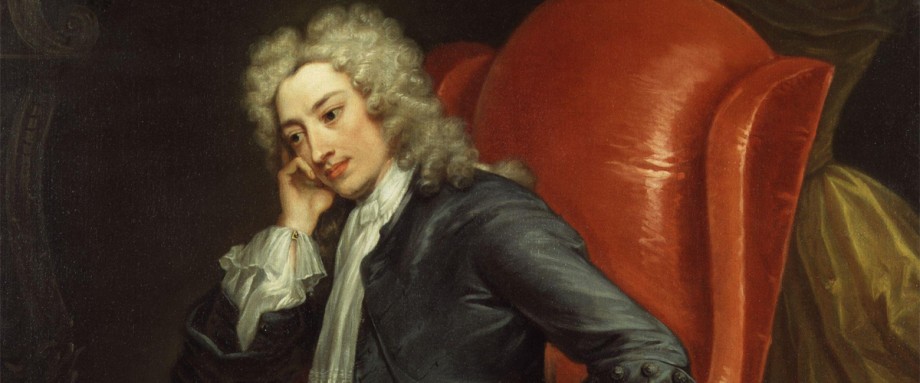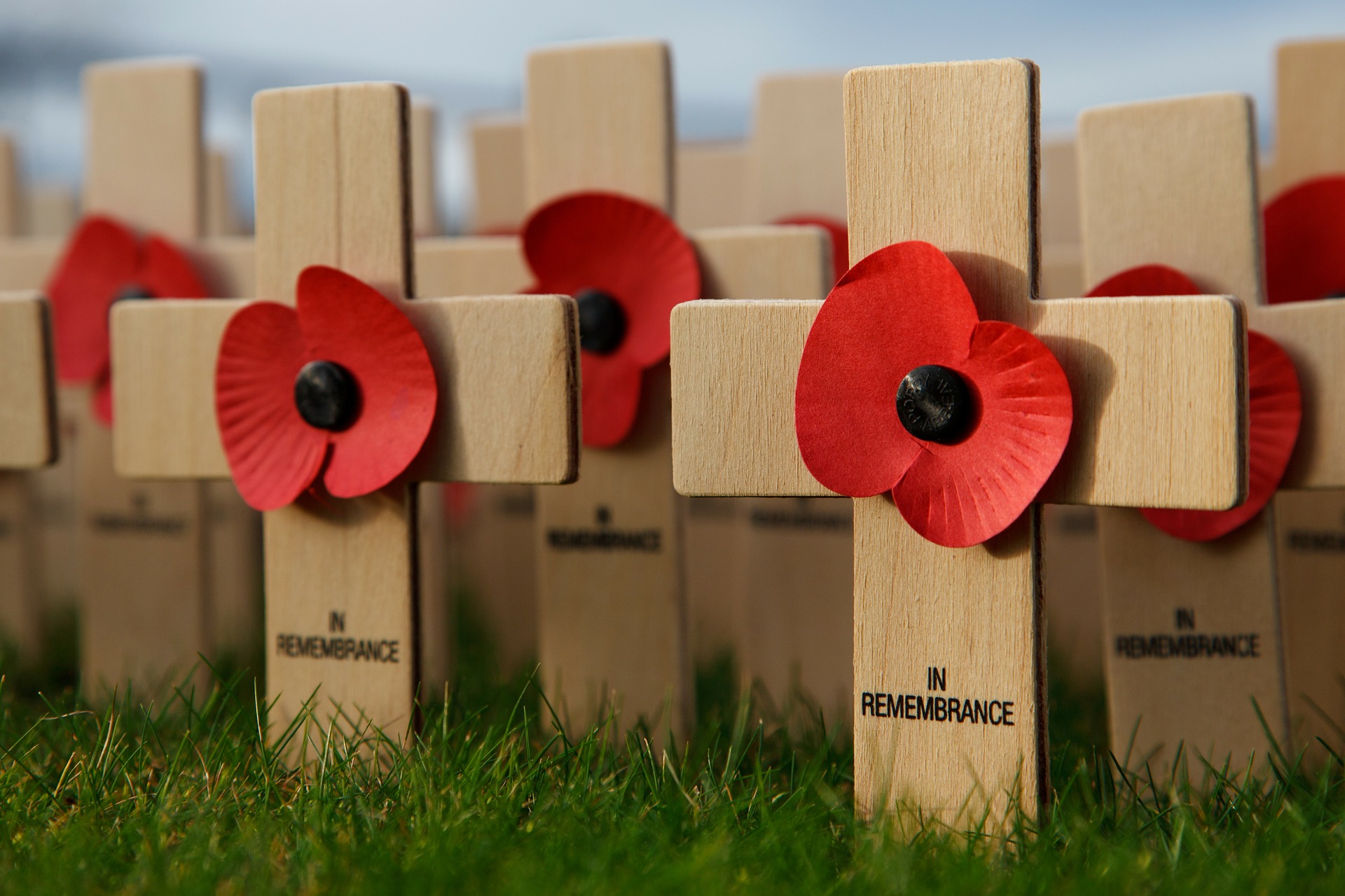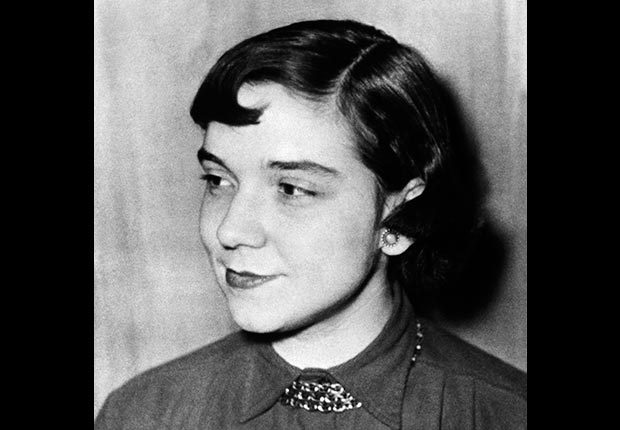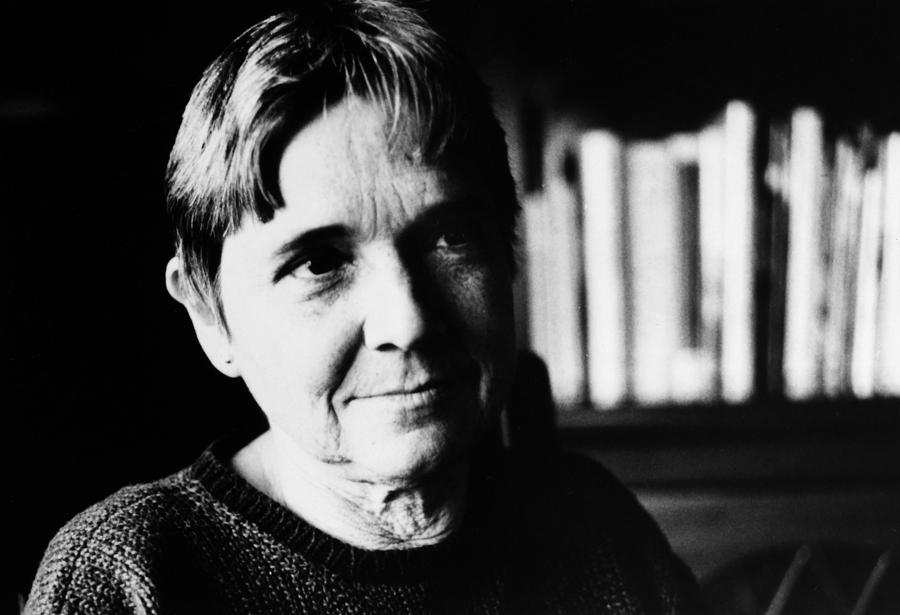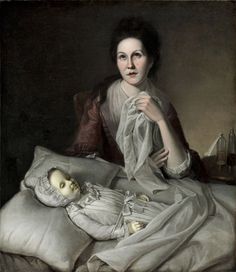About the poet:
Alexander Sergeyevich Pushkin was a Russian author. He belonged to the Romantic age. He is considered to be the greatest Russian poet of all time, as well as the founder of modern Russian literature.
Pushkin was born in Moscow on 6th June 1799. Pushkin published his first poem at the age of fifteen. When he graduated from the Tsarskoye Selo Lyceum, he was already quite well-known in Russian literary circles.
In 1820 he published his first long poem, Ruslan and Lyudmila. There was a lot of controversy about its subject and style. From then on, Pushkin started campaigning for social reforms. This caused Tsar Nicholas I to be both angry at him and suspicious of him, and he was sent out of Moscow.
Pushkin eventually visited the Tsar to petition for his release, and it was given to him. However, during the Decembrist Uprising of 1825 in Saint Petersburg, some insurgents revealed some of Pushkin’s earlier political poems. After this, Pushkin found himself under the strict control of government censors, unable to travel or publish at will.
During that same year (1825), Pushkin also wrote his most famous play, the drama Boris Godunov, while staying at his mother’s estate. However, it was not published until five years later. The original and uncensored version of the drama was only staged as recently as 2007.
Pushkin’s famous novel in verse, Eugene Onegin, was serialized between 1825 and 1832. Following a few central characters but varying widely in tone and focus, this novel inaugurated a tradition of great Russian novels and influenced such great novelists as Henry James.
Pushkin is said to have fought as many as twenty-nine duels. In fact, he was fatally wounded in such an encounter with Georges-Charles de Heeckeren D’Anthes. Pushkin had accused D’Anthes, of attempting to seduce his wife, Natalya Pushkina (who was, in fact, D’Anthes’ sister-in-law). Shot through the spleen, Pushkin died two days later on 10th February 1837.
About To My Nanny:
The poem “To My Nanny” was written by Pushkin in the year 1926. We know that Pushkin was exiled at his mother’s rural estate of Mikhailovskoe (near Pskov). Perhaps being at the estate, which was his childhood home, brought back many memories for Pushkin. One such memory of was his nanny, and of a particular incident during which he had slipped out of the house and she had been waiting for him to return. Such reminiscences are exactly what led Pushkin to write this lovely poem.
The setting of To My Nanny:
This poem is set when the poet was a mere child, in the house in which he grew up. This house could very well be the rural estate that Pushkin’s mother owned, for it is described as being the only visible house within a dense forest.
Summary of To My Nanny:
This poem consists of 14 lines in total. Generally, a poem like this, which is composed of 14 lines, is called a sonnet. A sonnet is often divided into an eight-line unit known as an octet, and a six-line unit known as a sestet. The octet and sestet can together form a single stanza (which is the case in “To My Nanny”), or appear as two separate stanzas. Since the 14 lines of this poem are not divided into stanzas, they are simply explained in meaningful segments for the purposes of this summary to make the poem easy to understand and follow.
Lines 1 – 2:
Dear doting sweetheart of my childhood,
Companion of my austere fate!
In these lines, the poet remembers how his nanny had always adored him and pampered him for that reason. He calls her his sweetheart. This may seem unusual since we generally use the term ‘sweetheart’ to refer to a romantic partner. However, at the young age of which the poet probably had a nanny, perhaps the world wasn’t quite so loaded. The fact that he continues using it at an advanced age (because he was in fact 27 years old when he wrote this poem) makes him endearing to readers, as his tone maintains the kind of innocence that he had as a boy. The poet also says that his nanny was the only one who had agreed to the same kind of restrictive life that he had had to live as a child. She had voluntarily chosen to spend all her time in the house with him, giving up a freer way of life that would allow her to spend time outside the domestic sphere.
Lines 3 – 8:
In the lone house deep in the wild wood
How patiently for me you wait.
Alone beside your window sitting
You wait for me and blame the clock,
While, in your wrinkled hands, your knitting
Fitfully falters to a stop.
In these lines, the poet moves from reminiscing about his nanny in a general way to reminiscing about one particular event from his childhood. He remembers how he had left the house one day, and his nanny was waiting for him to return. Their house was the only one that was visible in the midst of a dense forest, and she waited for him in that house when there was nobody else there to wait for him. This shows that the nanny was the poet’s primary caregiver. Following this, the poet’s description gets more vivid. As he describes the position in which his nanny was sitting, we can almost imagine the entire scene before our very eyes. He says that she was sitting all alone next to the window in her room, and gazing outside so that she could catch the first glimpse of the poet when he finally returned. While sitting over there, the nanny could not be angry with her ward for being late, but instead put the blame on the clock, as if it was ticking away the time too fast for the poet to catch up to its speed and return on time. The poet also mentions that the nanny usually spent her time doing some knitting, but that this work had been laid aside by her hesitant and fumbling fingers. As he describes the nanny’s hand as being wrinkled, we can conclude that she was quite old, and we cannot help but feel sorry that this poor old woman was kept in suspense for so long because of the poet’s mischief-making.
Lines 9 – 14:
Beyond the crumbling gates the pine trees
Shadow the road you watch so well.
Nameless forebodings, dark anxieties,
Oppress your heart. You cannot tell
What visions haunt you: Now you seem to
See….
In these lines, the poet’s point of view shifts from that of someone who is watching the nanny to that of the nanny herself. He imagines her looking out of the window and watching the crumbling gates leading up to the house in which they lived. We know that Pushkin was descended from a very aristocratic family, so perhaps it is no surprise that his description of their house gives us the feeling that it was built on a rather magnificent and extravagant scale. The poet describes how pine trees lined their driveway, and how the shadows cast by these pine trees darkened the path he would be taking on his way back. The nanny, he says, was watching that path. While doing so, she could not but feel that something bad was about to happen, but she could not define what bad thing she exactly had in mind. The poet imagines that an army of anxious thoughts had taken over her mind, and was terrorizing and colonizing it so that she could think of nothing else. She was having scary visions about the worst of fates that might have befallen the poet, but he could not tell anyone about them. Instead, she kept seeing them in front of her eyes as she was watching the path leading from the main gates to the house.
Some online learning platforms provide certifications, while others are designed to simply grow your skills in your personal and professional life. Including Masterclass and Coursera, here are our recommendations for the best online learning platforms you can sign up for today.
The 7 Best Online Learning Platforms of 2022
- Best Overall: Coursera
- Best for Niche Topics: Udemy
- Best for Creative Fields: Skillshare
- Best for Celebrity Lessons: MasterClass
- Best for STEM: EdX
- Best for Career Building: Udacity
- Best for Data Learning: Pluralsight


